Top Projects That Will Reshape Queens
Here are the large-scale developments poised to meet the borough’s opportunities and challenges.
Check out our other articles in the series to discover the top projects reshaping San Francisco, Tampa, Los Angeles, Austin and Phoenix.
Queens’ diverse workforce and world-class educational institutions, along with its thriving arts and culture scene, have all shaped the area into a great place to live and work. Major companies have chosen to establish offices within the borough, catalyzing economic activity and helping small businesses grow and hire more employees, Tom Grech, president & CEO of the Queens Chamber of Commerce, told Commercial Property Executive.
But the growth didn’t come without challenges, such as the increasing need for infrastructure improvements and affordable housing to sustain the population influx. The latest downturn only added to the borough’s woes. “Queens was the epicenter of the epicenter of the pandemic, and COVID-19 took a tremendous personal and economic toll on our borough,” Grech commented.
READ ALSO: Top Projects That Will Reshape Phoenix
Many projects that were under construction were halted, with others being slowed down in the approval process, due to the suspension of New York City’s Uniform Land Use Review Procedure (ULURP). “We saw a rise in anti-business/anti-development rhetoric from elected officials, which resulted in the failure of the Industry City rezoning in Brooklyn. This same sentiment led to Amazon withdrawing from their commitment to open their HQ2 in Long Island City, a project which would have been a tremendous boon not only for Western Queens, but for our entire region,” according to Grech.
In spite of all these recent challenges, several large projects are forging ahead in Queens. The following compilation lists some of the most significant developments, expansions and infrastructure upgrades that have managed to pull through, creating new economic opportunities.
1. Hunter’s Point South
More than a decade in the making, the 30-acre mixed-use megadevelopment along the East River in Long Island City is set to be completed in several phases. Plans for Hunter’s Point South include a total of 5,000 residential units across seven buildings, with a significant affordable component. The first phase created just under 1,000 apartments on two parcels, a waterfront park, as well as a 1,100-seat school.
Two towers are currently nearing completion at 52-03 and 52-41 Center Blvd. Developed by TF Cornerstone and designed by ODA Architecture, the high-rises are set to reach 46 and 56 stories, respectively, and to encompass 1,194 units, including affordable and senior housing.
On the southern edge of Hunter’s Point South, a joint venture of Gotham Org. and RiseBoro Community Partnership is developing another pair of residential towers. Separated by a new school, the buildings will create 1,132 units across two, 58-story and 34-story towers. Nearly 100 units will be set aside for seniors.
“The ultimate goal of the project is to create a mixed-income multi-generational community including seniors and low-income housing across a variety of AMI’s,” Jonathan Kinsley, director of marketing at Handel Architects—the company that designed the towers—told CPE.
The project gained financing totaling more than $445 million in early 2020. The city’s Housing Development Corp. provided a $311 million construction loan—of which $229 million was a participation loan with Wells Fargo and JP Morgan Chase—while the Department of Housing Preservation and Development added another $134.4 million to the package.
“The project will really have something for everyone, from Millennials to people with young children to older folks and seniors. The mix of apartment types is wide ranging and the AMI band is wide,” according to Kinsley.
2. Innovation QNS
A joint venture of Kaufman Astoria Studios, Silverstein Properties and BedRock Real Estate Partners is behind Innovation QNS—a $2 billion mixed-use development in the Astoria neighborhood. The ambitious plan calls for the creation of 2.7 million square feet of ground-up space at the intersection of Steinway Street and 35th Avenue, to serve as an extension of the neighboring Kaufman Arts District.
“Innovation QNS isn’t geared toward reshaping or transforming Astoria, but to build on and complement all of the existing neighborhood components—affordable housing, immersive arts and culture, vibrant small businesses, open space, jobs and opportunities for people of all backgrounds,” a spokesperson for the project specified for CPE.
The plot is currently occupied by a parking and underutilized industrial and commercial buildings. But according to the ODA-designed masterplan, Innovation QNS would span five city blocks and would feature 2,800 units of mixed-income housing, including 700 permanently affordable apartments and senior housing, offices for start-ups, small businesses and nonprofits in the creative and tech sectors, as well as 2 acres of open space. Plans also call for a new, state-of-the-art cinema and community arts and culture hub, as well as a full-service grocery store.
“After more than three years of engaging our long-time neighbors in Astoria, we are grateful for the overwhelming support Innovation QNS has received from a broad cross section of Astoria’s small businesses, residents, civic leaders, nonprofit and cultural organizations,” the spokesperson added.
Pandemic-induced headwinds have created greater demand for proposals to jumpstart Astoria’s economy. Innovation QNS would create more than 5,400 on-site jobs, including 1,700 permanent and more than 3,700 during construction, supported by a program that maximizes local hiring, according to the same spokesperson.
Still early in the City’s public review process, the proposal completed a scoping meeting with the Department City Planning in June. Developers hope to certify the project before the end of the year.
3. Willets Point
In mid-June, work commenced on the long-awaited redevelopment project at Willets Point, also known as the Iron Triangle. Nearly 15 years in the making and bearing a difficult history that started during Mayor Michael Bloomberg’s administration, the project calls for the revival of an underutilized industrial site within the Corona neighborhood of Queens.
In May, the Queens Borough Board approved plans for the first stage of the project. The New York City Economic Development Corp. is collaborating with Queens Development Group—a partnership of Related Cos. and Sterling Equities—on the project.
The development is expected to include 1,100 affordable units across three buildings—including senior housing—a 650-seat K-8 school, roughly 25,000 square feet of retail, 3,000 square feet of community facilities, as well as 1 acre of open space. In addition, the partners have agreed to fund and implement the cleanup of all 23 acres to be developed in the future, with the City leasing 6 acres of the city-owned land to QDG for 99 years.
“This site has been in desperate need of remediation for generations, and this is a crucial step forward for Queens that will bring jobs while enabling the construction of key infrastructure and affordable housing,” Glenn Goldstein, partner with QDG and executive vice president of Related Cos., noted in a prepared statement.
The brownfield site was home to an ash removal company until 1930, but cleanup efforts are now underway and expected to be completed by 2023.
4. Special Flushing Waterfront District
In December 2020, the City Council approved the land use application for the transformative, nearly $1 billion mixed-use development dubbed Special Flushing Waterfront District. Spanning 29 acres across privately owned land, the site is scheduled to be populated by 13 new towers.
But the use of the land along Roosevelt Avenue and College Point Boulevard has been under dispute for years. Since the land is owned by a number of unrelated parties, “the existing zoning could have resulted in a patchwork of uncoordinated developments jammed together, side by side, with limited access to the public waterfront,” David West, founding partner of Hill West Architects and one of the specialists working on the project, told CPE. To combat this, the firm in charge of the revitalization masterplan chose to extend a network of roads through the site, resulting in a series of manageable urban scale blocks.
“The outcome will be an inviting, vibrant and diverse environment for new and current residents of downtown Flushing. The developments will be human scaled with reduced podium sizes, active street frontages and clear geometric relationships between buildings,” West added.
The three-member development team, operating under FWRA LLC, includes F&T Group, United Construction & Development Group Inc. and Young Nian Group. Plans call for 1,725 residential units, an 879-key hotel, 400,000 gross square feet of office and community facilities, and 286,930 gross square feet of retail.
One of the main features of the project is a widened shore public walkway, extending from Roosevelt Avenue to 36th Avenue. With most buildings comprising ground-floor retail, these commercial amenities will open onto and engage with the waterfront. According to West, each site will offer a variety of open spaces, including playgrounds, plazas and outlooks.
The development’s official website shows that the implementation of the project would generate nearly 3,000 permanent jobs and would employ an average of 558 construction workers per day.
“Each developer is proceeding on their own timeline, and we expect to see the southern-most site developed first, with the other sites following shortly thereafter,” West concluded.
5. Redevelopment of LaGuardia and JFK Airports
Queens is also home to two of the world’s biggest and busiest airports: LaGuardia and JFK, both undergoing significant redevelopments. “These hugely ambitious projects will drive $15 billion to $20 billion in public and private investment to move the two airports from worst to best, achieving 21st century global standards,” Port Authority Executive Director Rick Cotton told CPE.
LaGuardia is one of the most important economic engines for the borough. Passenger volume reached record heights in the years before the pandemic and the airport was overcrowded. In 2015, Governor Andrew Cuomo presented the recommendations of his airport advisory committee regarding the revitalization of LaGuardia. Work began the following year and it is set to be completed in mid-2022.
The $8 billion project involves the demolition and replacement of all terminals and concourses—except for the historically landmarked Marine Air Terminal—while maintaining full flight operations. Two new terminals are also part of the plans: Terminal B, built and operated by LaGuardia Gateway Partners to come online in early 2022, and Terminal C, built and operated by Delta Air Lines. The two will be connected by a Central Hall.
Construction on the project—deemed essential for New York City—continued throughout the pandemic. Due to lower passenger volume, construction of the airport’s 8.8 miles of new roadways was completed six months ahead of schedule. The construction of LaGuardia is expected to generate $10 billion in economic activity and $2.5 billion in wages, while creating 7,000 construction jobs.
“Through some of the largest public-private partnerships in aviation history, we are creating the nation’s first new airport in 25 years at LaGuardia and building what will be a new global gateway at JFK International,” Cotton added.
The transformation of the John F. Kennedy International Airport is also underway, but the project has been set back by the financial impact of the global health crisis on the airline sector. The creation of new and redevelopment of existing terminals is expected to expand the airport’s capacity for an additional 15 million passengers yearly.
Initial plans for the more than $13 billion JFK Vision Plan uniting the eight disparate terminal sites at JFK were presented to the public in early 2017, with roughly 90 percent of the funding coming from private sources.
Two world-class international terminals are planned on the airport’s northern and southern sides. But the pair mega terminals, known as Terminal 1 and Jet Blue’s new Terminal 6, have faced headwinds because of the pandemic’s economic impact on both the private and public sectors, as well as the Port Authority’s prioritization of projects that were already in the making.
Additional improvements to existing sites are also part of the large-scale project, including American Airlines’ $344 million expansion of Terminal 8. In April, the Port Authority Board approved a revised agreement with Delta Air Lines and JFK International Air Terminal to move forward with a $1.5 billion expansion of Terminal 4.
Overall, the JFK redevelopment will create 10,000 direct and 10,000 indirect jobs. Both airport redevelopments are planned to meet 30 percent MWBE participation.
As part of the new vision for La Guardia, the Port Authority has proposed the construction of a $2 billion AirTrain that will connect the two new terminals with rail mass transit via the Long Island Rail Road and Subway 7 line, to Midtown Manhattan. The only major East Coast airport without a rail mass transit connection, LaGuardia, is currently relying entirely on vehicles for access. The JFK redevelopment is also slated to bring $1.5 billion in highway improvements to ease bottlenecks.
6. Queens Sewer System Upgrade
The rapid residential and commercial development following World War II left the southeastern part of the borough lacking vital public infrastructure. Heavy rainfall and groundwater flooding have been damaging homes and businesses alike, while residents have had to live with a constant worry of the next storm.
In 2015, Mayor Bill de Blasio announced a $1.9 billion investment in a robust drainage system to alleviate flooding in southeast Queens, through a collaboration between the Department of Environmental Protection, the Department of Design and Construction, and the Department of Transportation.
At a briefing held in 2018, officials reported that 10 projects have been completed since 2015, taking up roughly 20 percent of the total funding. Another 10 projects were under construction and 25 projects in the planning or design phase. The new upgrades were to be situated in the neighborhoods of St. Albans, Rosedale, Jamaica, Laurelton and Springfield Gardens, among others.
In June 2021, DEP, DOT and DDC announced that another $20.5 million portion of the project had been completed in Hollis and Queens Village, five months ahead of schedule. Across the two neighborhoods, 2,255 feet of storm sewers were added and 1,240 feet of existing storm sewers were replaced, while 18 new catch basins were installed and 40 old ones were replaced.

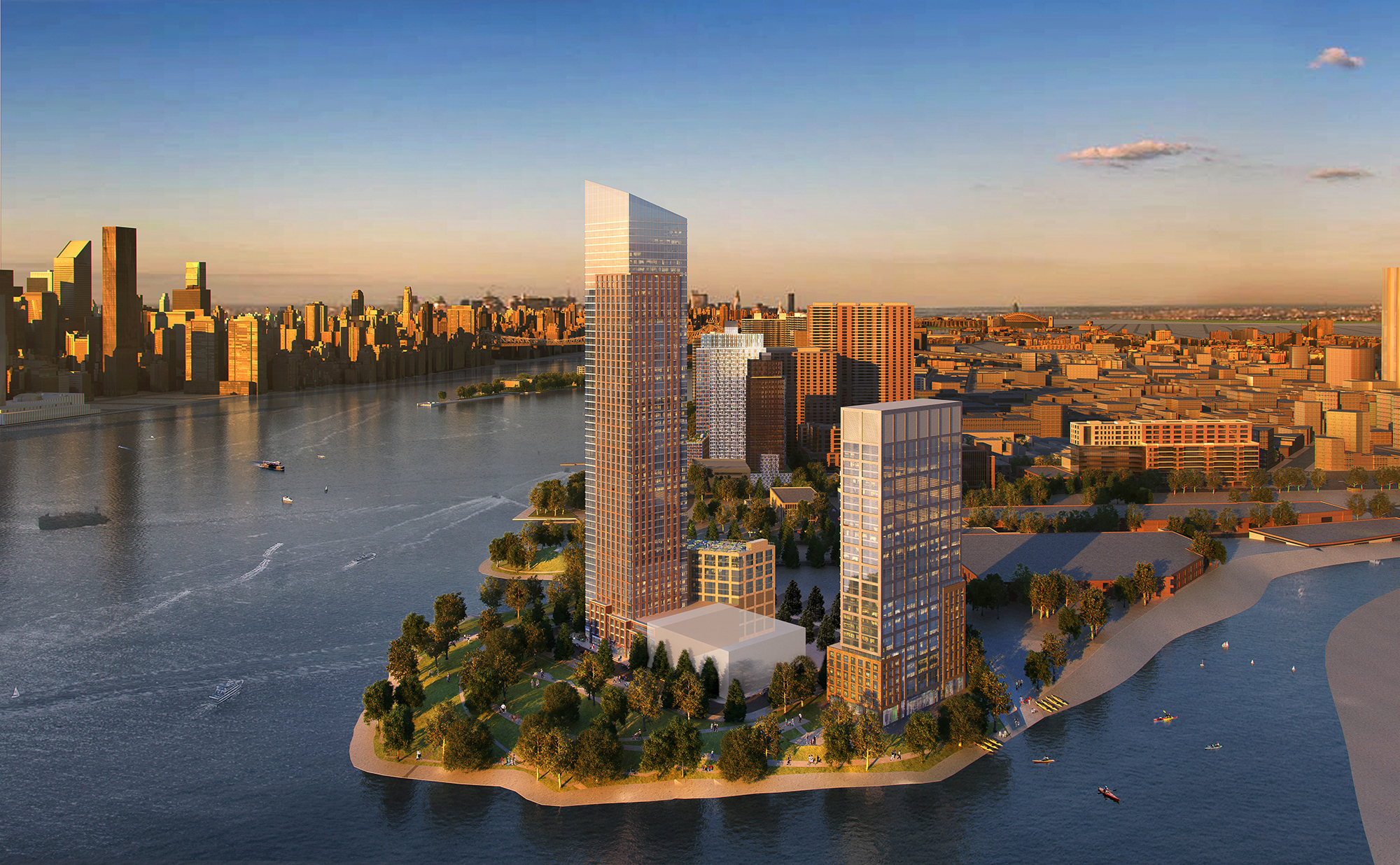
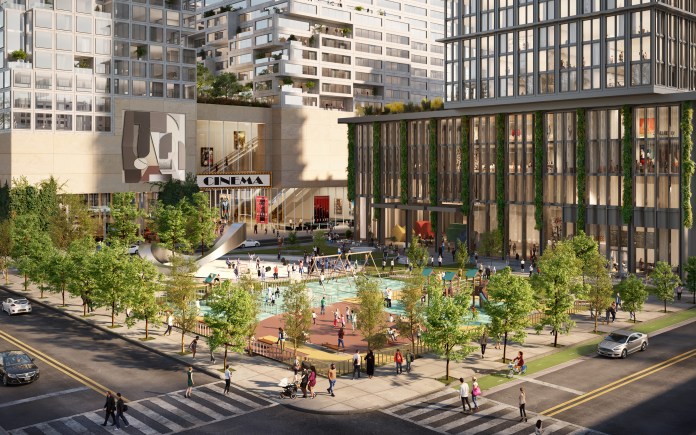

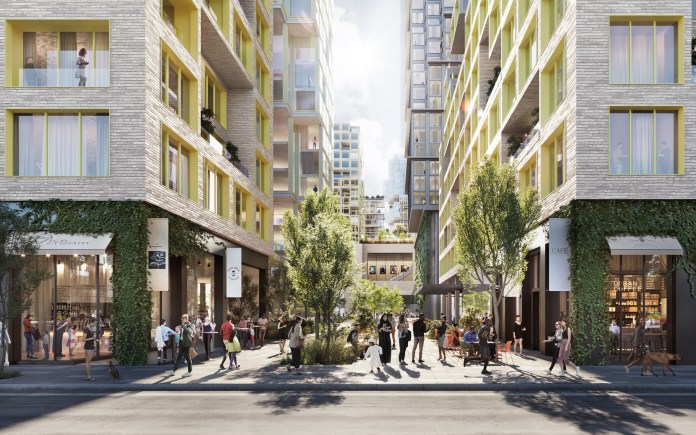
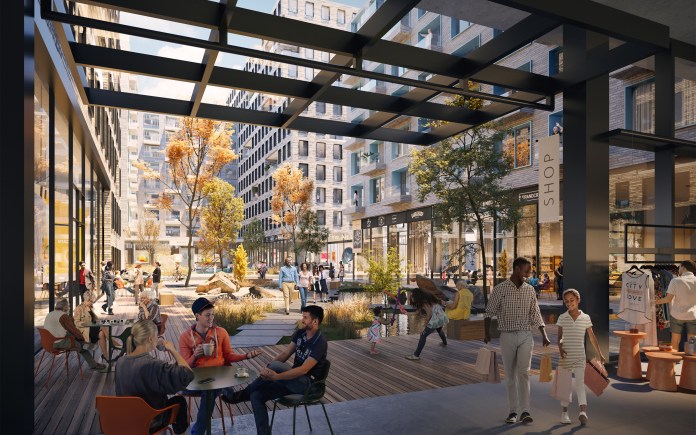
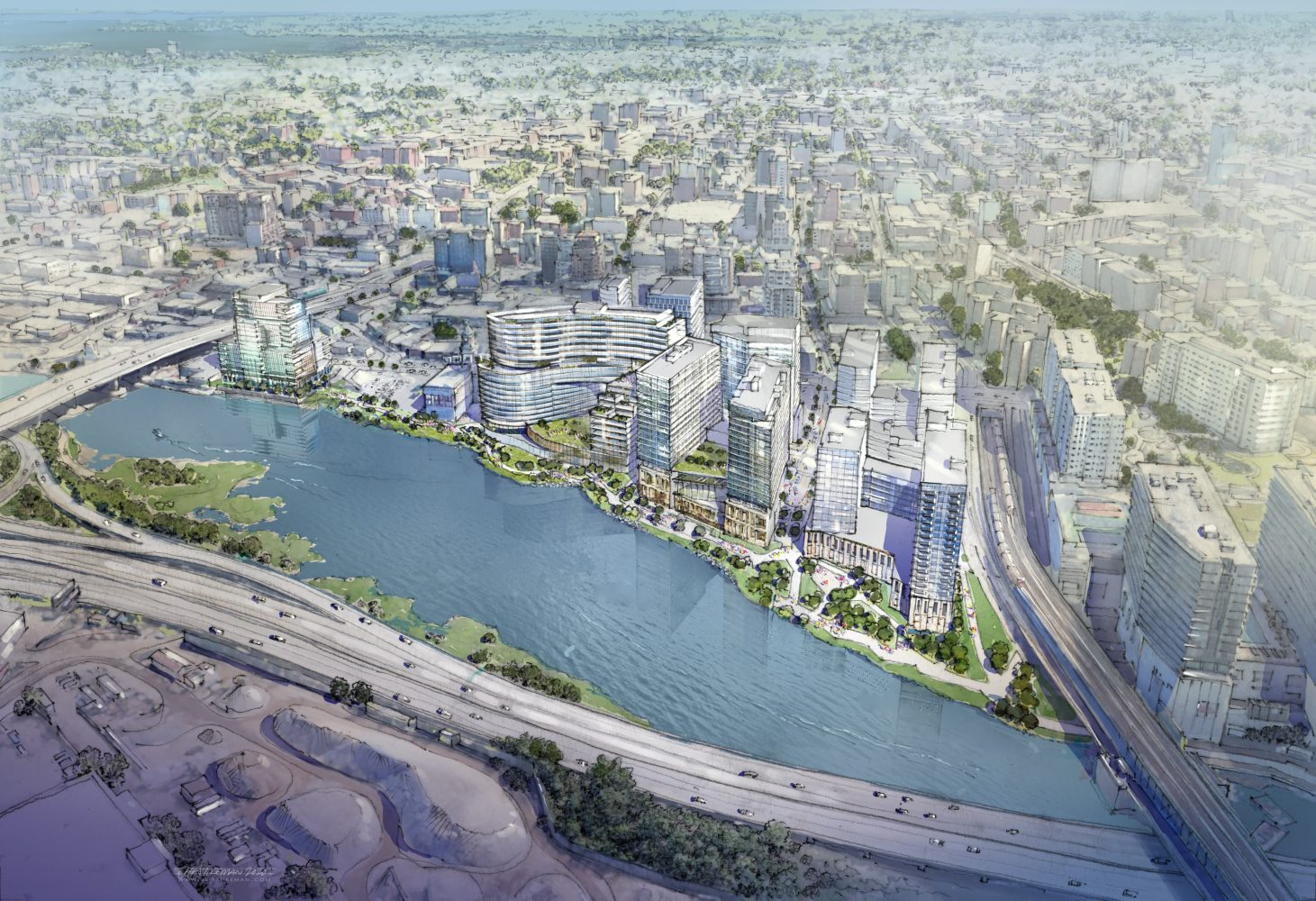




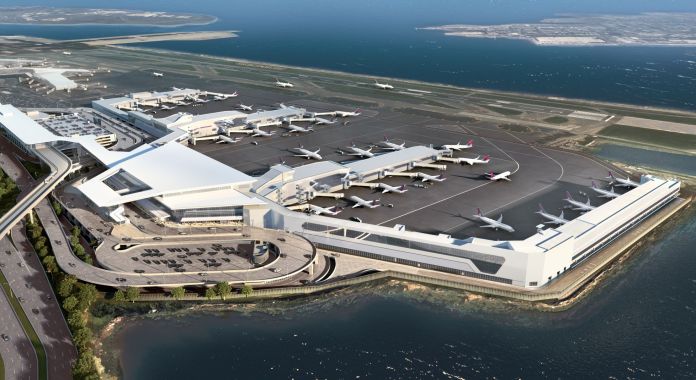
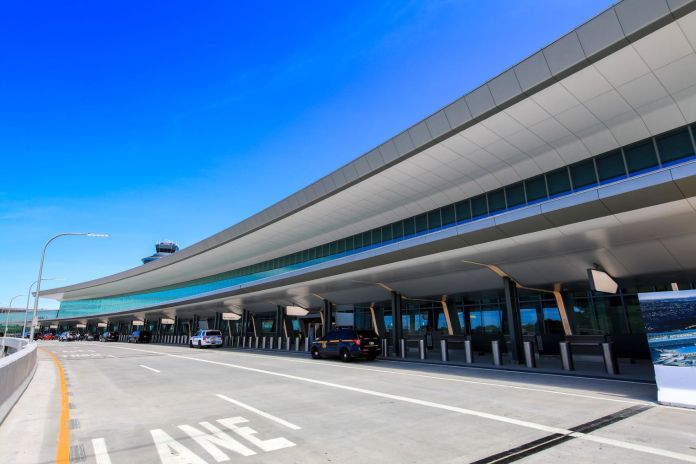


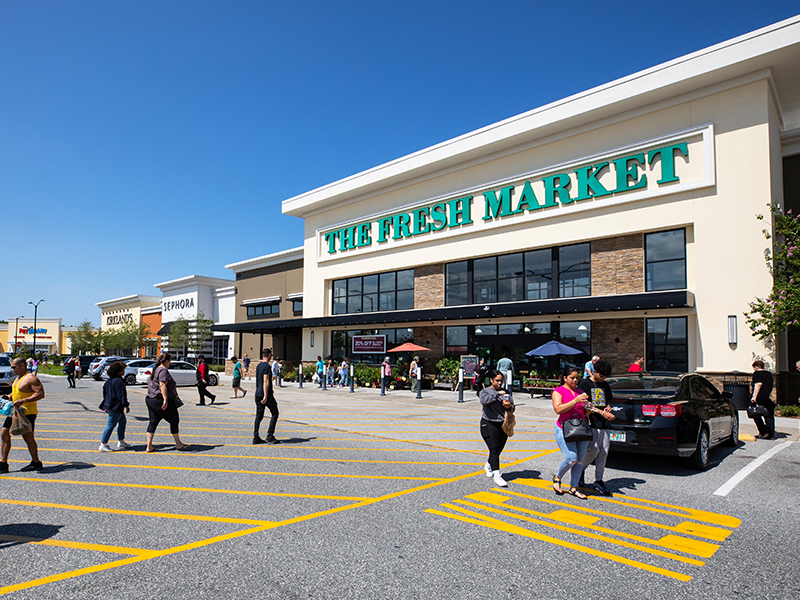
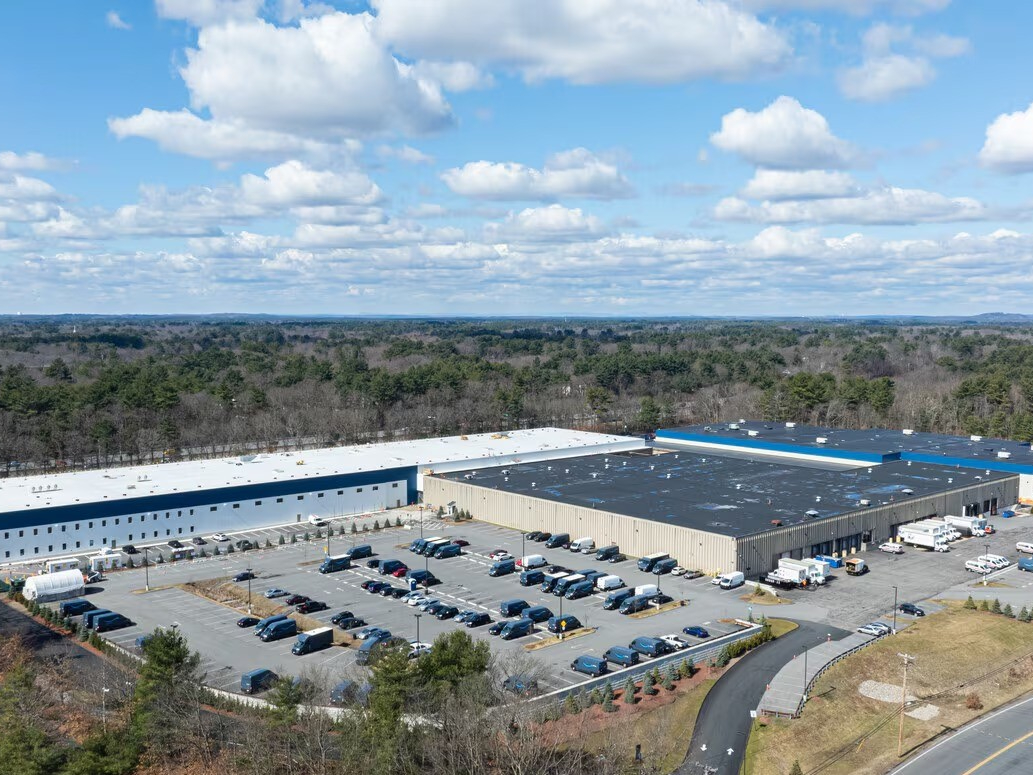
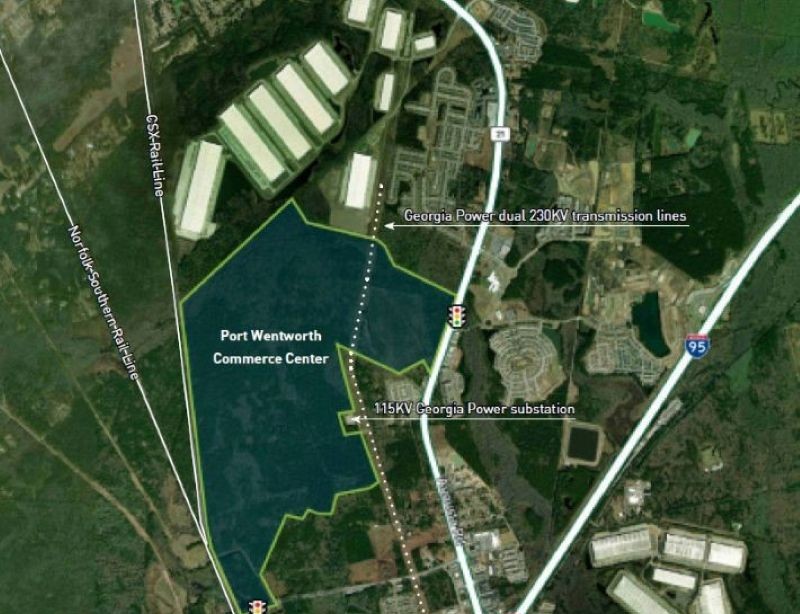
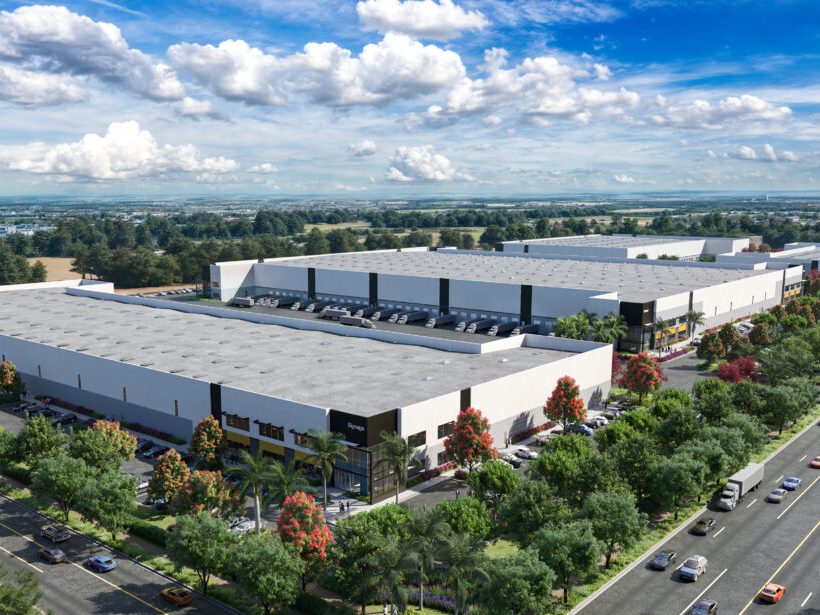
You must be logged in to post a comment.